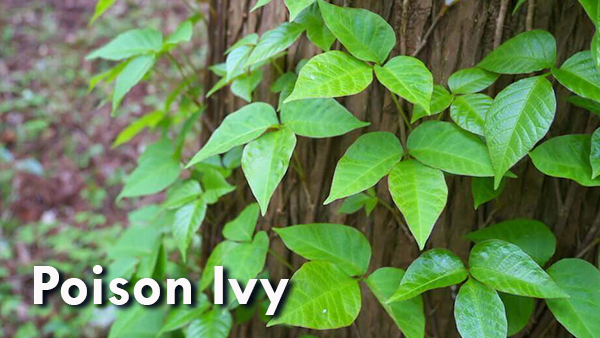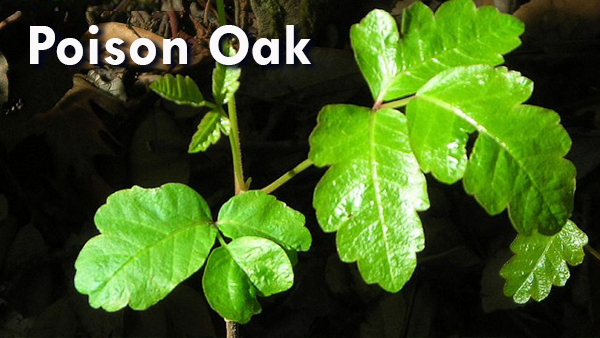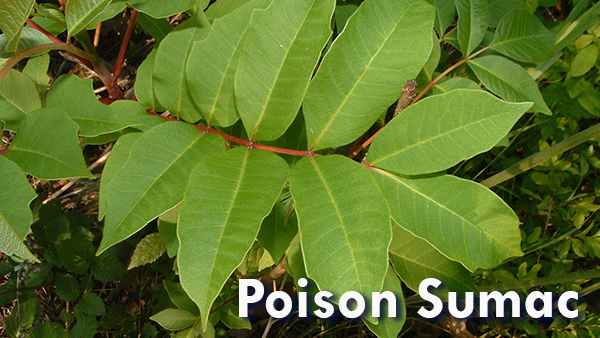How to Identify Poison Ivy, Oak and Sumac In Your Yard
When it comes to poison ivy, oak or sumac, it pays to know the facts. Few lessons are as important to homeowners as learning how to properly identifying these plants. Within 12 to 72 hours of touching any one of them, you could develop an uncomfortable, itchy, rash characterized by redness, swelling and unsightly blisters.
While there are numerous poisonous plants that grow in our region, some even commonly used in landscape beds, these three plants share a common irritant: a potent oily resin called urushiol that coats all parts of these plants.
Did you know? Urushiol can cling to your clothes, shoes and garden tools for up to a year. Pets who wander through a patch of these poisonous plants won’t get the rash — but you can, if the oil is transferred from their fur to your skin.
If you know you’ve made contact with poison ivy, oak, or sumac, wash the area with lukewarm water and soap as soon as possible. If there’s no water available, rubbing alcohol or alcohol wipes can remove it. Hose down any garden tools that might have touched the plant.
The best defense is an educated one. That is, it’s better to learn how to spot these unpleasant plants, than to accidentally touch them and have to treat the rash later.
“Leaves of Three, Let It Be”
This old rhyme refers to the grouping of the three leaves that are most commonly associated with poison ivy. Though there are many other plants with three leaves, this is a good starting point for identification for both poison ivy and poison oak.

Poison ivy grows as a ground cover, a low shrub or even as a vine that scrambles up trees.
- The leaves start out solid green, in clusters of three per stem.
- They can be dull or glossy, and have pointed tips.
- Thin, aerial roots on the vines give them a fuzzy, or hairy, appearance.

Poison oak closely resembles poison ivy, although it is usually more shrub-like, and its leaves are shaped somewhat like oak leaves (hence the name, poison oak), but it’s not a member of the oak family.
- Leaflets are duller green than poison ivy and usually more distinctly lobed or toothed.
- Leaflets have hairs on both sides, unlike poison ivy.

Poison Sumac typically has seven to 13 leaflets arranged in pairs.
- The leaves sometimes have black or dark brown spots that are filled with urushiol.
- In autumn, the leaves turn red, yellow and pinkish.
- Poison sumac typically grows into a woody shrub with glossy cream or pale yellow berries.












